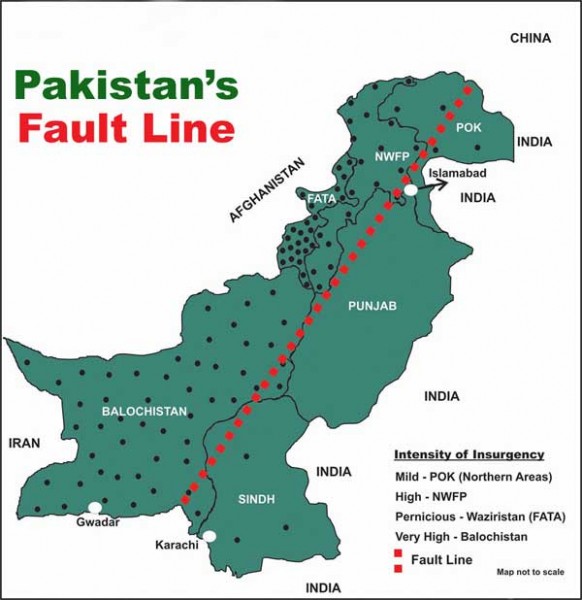Speaking on the occasion of the signing of the agreement on the feasibility study, Mr.Zou Jianhui, President of the MCC, is reported to have stated as follows: . “We are still at an early stage. This feasibility study will take two, or two-and-a-half years. If over this period the Afghan security situation gets more stable, and the feasibility study results are good, then we can move ahead with the investment immediately. If the security situation gets worse, then at that time the investors will have to assess how to go forward. The MCC has to ensure the security of investors’ assets, but felt the project would help Afghanistan’s stability and economic development, and is keen to push ahead.”
The Chinese are hoping that the Pakistan Government would persuade the Taliban to honour the agreements.
According to the Reuter’s news agency, a commitment to building the railway was included in a contract that the MCC won in 2008 to develop the Aynak copper deposit. China’s top integrated copper producer Jiangxi Copper has a 25 per cent share holding in the project and the MCC the remaining 75 per cent. The two firms started construction of the project in July last year and expect it to produce 320,000 tonnes of copper concentrate annually, with production to begin in 2013 or 2014.
In his address to the London Conference on Afghanistan held in the last week of January,2010, Mr.Yang Jiechi, the Chinese Foreign Minister, said that since 2002, China has provided more than 900 million RMB yuan (132 million U.S. dollars) in grants to the Afghan Government and canceled all its mature debts. China announced in 2009 that an additional 75 million U.S.dollars in concessional loans which it had previously committed would also be converted into grants, to be provided over a five-year period. The first instalment of 15 million dollars was given in 2009.The remaining 60 million U.S. dollars will be made available in the coming four years.
By the end of 2009, China had trained over 500 Afghan government officials in areas such as diplomacy, economy and trade, medical and health care, finance, tourism, agriculture and counternarcotics. On August 16,2009, Mr.Karzai inaugurated at Kabul a 350-bed hospital called the Republic Hospital costing US Dollars 25 million constructed by the Chinese.
The US, which has strongly opposed any Indian role in training the ANA, has no such objection to a Chinese role.
Since 2002, President Hamid Karzai has visited China four times. He paid his fourth visit in March last, accompanied by 20 businessmen. Premier Wen Jiabao reportedly told Mr. Karzai in their meeting that China would continuously provide aid to Afghanistan and pledged to enhance security and economic cooperation. In a joint statement issued at the end of the visit, China reiterated its support for peaceful reconstruction in Afghanistan. The two countries also agreed to expand economic cooperation and trade, increase mutual investment and technology transfer, and deepen cooperation in areas of transportation, agriculture and irrigation, energy, mining and infrastructure.
During the visit, Mr.Karzai and President Hu Jintao witnessed the signing of three documents on economic and technological cooperation, favorable tariffs for Afghan exports to China and bilateral training programs. The two way trade between the two countries reached 155 million US dollars in 2008.
The total value of the Chinese investment in the copper mine alone will be almost three times the total value of the Indian investments in all projects in Afghanistan. Pakistan, which has been repeatedly expressing concern over the Indian role in helping the Karzai Government, welcomes the Chinese role and would like it to increase further. It even wants the Chinese to join in training the Afghan National Army. The US, which has strongly opposed any Indian role in training the ANA, has no such objection to a Chinese role. But, Beijing itself, despite prodding from the US, is reluctant. It wants to see how the ground situation develops. It does not want to incur the wrath of the Taliban by any major role in training the ANA despite Pakistani assurances that there would be no retaliation from the Taliban.
Addressing a meeting at the Woodrow Wilson International Center in Washington DC on September 20, Mr.James Steinberg, the US Deputy Secretary of State, reportedly said that China could play a role in bringing stability to Afghanistan and Pakistan.
Indian role in Afghanistan—-yes, but. Chinese role in Afghanistan—yes, absolutely. That is the policy of the Obama Administration. The Chinese policy in Afghanistan has two objectives—-to enhance its strategic presence and influence and to checkmate the Indian strategic presence and influence. The US support for the Chinese policy will be to the detriment of India.




